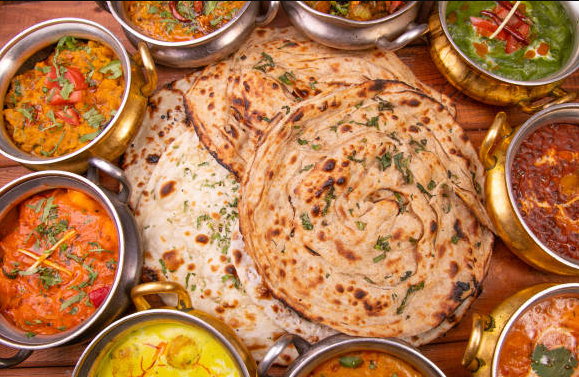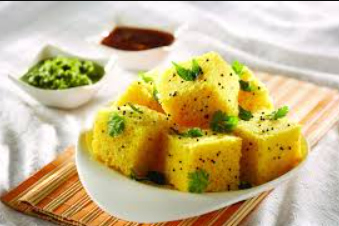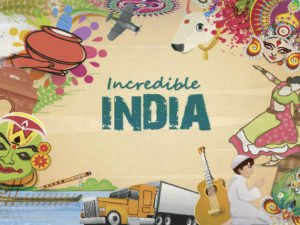India’s cuisine is one of the world’s most diversified cuisines. It is distinguished by its nuanced and delicate use of the various spices, vegetables, cereals, and fruits found across the country. Each geographical region has a cuisine with a unique range of foods as well as culinary techniques that represent the ethnically diverse Indian subcontinent. Furthermore, the religious beliefs and culture of India also impact the type of food eaten in the country.

Let’s take a look at the different types of Indian cuisines.
- Which cuisines are the most well known from among north Indian cuisines?
- Types of north Indian cuisines
- What are different types of west Indian cuisines?
- Which is the most popular east Indian cuisine?
- Which are the different types of south Indian cuisines?
- What are the most common flavours and ingredients in Indian cuisine?
- What are some external influences on Indian cuisine?
Which cuisines are the most well known from among north Indian cuisines?
In India, the most popular north Indian cuisines contain dairy items like milk, ghee, paneer, and yoghurt or Dahi. Apart from these ingredients, chillies, saffron, and nuts are also used. The “tawa” (griddle) is used to bake flatbreads like Roti and Paratha, while the “tandoor” (a huge and cylindrical coal-fired oven) is used to bake bread like Naan and Kulcha. Other examples of north Indian cuisines include Tandoori chicken, Puri and Bhatoora.
Types of north Indian cuisines
Kashmiri cuisine
Kashmiri Hindus heavily inspire north Indian cuisine due to their use of mutton, apples, rice, tea, and other foods. Furthermore, their food is generally spicy because of the cold environment.
Punjabi cuisine

Punjabi cuisine includes a wide variety of foods. By using a lot of ghee and butter as a base in curries, Punjabi cookery emphasises the creamy texture of food. Furthermore, people in Punjab eat a lot of wheat, therefore they make variants on plain wheat bread (chapatti) and packed paranthas, which are famous throughout the country. Lassi or buttermilk is a popular drink in Punjab, and no meal is complete without it.
Bihari cuisine
Bihari cuisine is well-known for dishes such as Lithi Chokha, Dal Kachori, Mal Pua, and Meat Saalan.
Mughlai cuisine

Mughals are famed for offering the best cuisine in India. The Muslim community prepares a variety of non-vegetarian foods, ranging from kebabs to biryanis.
What are different types of west Indian cuisines?
Rajasthani cuisine
In Rajasthani cuisine, chefs use milk and buttermilk instead of water. Gatte ki sabzi, a popular dish in Rajasthan uses gram flour. Furthermore, people use bajra, a wheat substitute, to make rotis as well as Dal Batti.
Gujarati cuisine

The food from Gujarat is a unique Indian cuisine due to its peculiar combination of sweet and savoury flavours. Even though the state is seeing considerable outside influence, several Gujarati foods such as Dhokla, Jalebi Phapda, Kadi, and Shrikhand are popular across the world.
Goan cuisine
Goan cuisine is a fusion of Konkani and Portuguese cooking methods. This adaption resulted in coconut-based curries and stews with pig and beef served with rice and wine. Feni, a cashew-based drink, and coconut drink are other popular cooling chilling beverages.
Which is the most popular east Indian cuisine?
Bengali is the most well-known cuisine from east India. Bengalis are excellent fish eaters who also know how to prepare the ultimate fish dish. In addition, Bengalis are famed for their sweets, which include a wide range of milk-based delectable treats. Rasogulla, a popular sweet all over the world, is one of the most well-known.
Which are the different types of south Indian cuisines?
Andhra cuisine
Andhra food is wonderful, scorching hot, and flavorful. Their chutneys are quite tasty, having a spicy and tangy flavour that mixes well with Dosa. Telugu people adore their side dishes, which come in the form of small complementary food such as pickles. Fried meat and chicken curry are popular meals in Andhra Pradesh.
Tamilian cuisine
Tamil Nadu food is well recognised for South Indian cuisine throughout the country because of Idli, Dosa, Vada, Sambar, and other dishes. In fact, the rice-based dosa has gained popularity across the world, and it is typically served with sambar and chutney. Sambar is a sour, hot dal soup with veggies. Tamilian cuisine is mostly vegetarian, using rice as the primary component.
Kerala cuisine
Rice is the mainstay of Kerala cuisine and people consume it with fish, pork, as well as vegetable curries. Although predominantly coconut-based, curries also contain the flavours of mustard seeds as well as curry leaves.
What are the most common flavours and ingredients in Indian cuisine?
Aside from the usual spice kit of chilli peppers (dried whole and powdered), garlic, ginger, and allspice, typical Indian culinary ingredients include:
1. Dried whole and powdered peppers
2. Mustard sprigs.
3. Cumin seeds or powder.
4. Fennel seeds.
5. Cardamom, used whole or smashed it to remove the seeds.
6. Cinnamon.
7. Coriander.
8. Turmeric.
9. Fenugreek
10. Garam masala, a bespoke spice blend. Its components vary depending on the state.
11. Ghee, an Indian equivalent of clarified butter.
What are some external influences on Indian cuisine?
The cultural impact of commerce may be seen in Indian food, with some locations and dishes carrying the stamp of foreign influence. Arab, as well as European traders, desired India’s spices. In exchange, India acquired numerous products that substantially affected its culinary culture. Portuguese traders introduced New World commodities such as tomatoes, potatoes, and chiles, which have since become profoundly ingrained in Indian cuisine. Furthermore, Arab merchants imported coffee and asafoetida powder.
Mughal invaders infected India’s culinary culture with Persian flavours as well as techniques between the early 1500s and the late 1600s. The impact may be seen in the use of cream and butter in sauces, as well as the use of meat and nuts in meals, notably in biryanis, samosas, and pulaos. The British rule in India introduced soup and tea to the country. Chicken Tikka Masala, a famous dish in many Indian restaurants, is really an Anglo-Indian invention. Curry powder is also a British invention, consisting of a combination of Indian spices that were initially combined by colonial cooks.
Share with your friends





